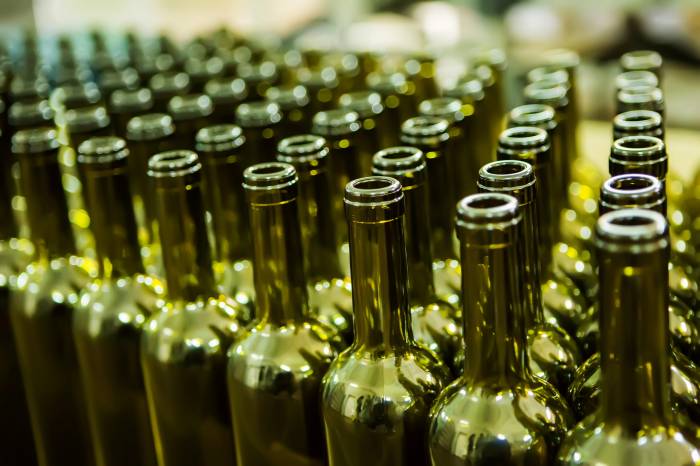U.S. Beverage Packaging Market Slows Amid Cautious Consumer Spending
Glass supply issues strain producers
2025-10-17

The beverage packaging market in the United States is experiencing a period of uncertainty as October brings a mix of slow supply chain movement and cautious consumer behavior. Industry reports indicate that while there is no major disruption in logistics, the pace of activity has slowed, reflecting broader economic hesitancy.
Fuel prices have remained stable, with only a slight increase from $3.744 per gallon in August to $3.748 in September. This stability offers some predictability for transportation costs, which is rare in the current economic climate. However, ocean freight rates have dropped to their lowest levels of the year due to weaker demand. For some importers, this means lower shipping costs and fewer delays, but for others who rely on steady movement of goods, the lack of activity is concerning.
Port operations across the country are running smoothly, with no significant congestion or labor issues reported. The absence of climate-related disruptions has also contributed to this period of relative calm. Despite this, there are ongoing challenges in glass bottle supply. The closure of the O-I Portland glass plant continues to affect domestic production capacity, especially for premium glass formats and businesses that depend on just-in-time delivery. Lead times for glass orders remain extended, requiring companies to plan further ahead than usual.
On the consumer side, recent data from Deloitte shows a continued decline in confidence among American shoppers. The decrease is gradual rather than sudden, but it is persistent. Households with lower and middle incomes are cutting back on discretionary spending, including alcohol and specialty foods. Instead, they are focusing more on essential items, promotional deals, and private-label products. This shift reflects not only current financial concerns but also anxiety about future economic conditions.
Retailers are responding by adjusting their strategies for the upcoming holiday season. Some are reducing their orders while others are emphasizing value-oriented products. There is a general expectation that deeper and earlier promotions will be necessary to stimulate sales as consumers remain cautious.
The industry is also watching ongoing discussions about potential new tariffs on imported consumer goods and packaging materials. While no decisions have been finalized, analysts suggest that any new tariffs could lead to higher costs and operational challenges for both retailers and logistics providers. In response, many companies are diversifying their supply chains, increasing domestic sourcing, and managing inventories more strategically to prepare for possible changes.
Despite these challenges, industry leaders appear focused on preparation rather than panic. The current environment requires careful planning and flexibility as both supply and demand remain unpredictable.
The beverage sector’s situation today echoes historical challenges faced by global trade. In 1740, Commodore George Anson set out from England with eight ships and over 1,800 men; four years later he returned with only one ship and 188 survivors but brought back a captured Spanish galleon filled with silver, gold, and barrels of Peruvian wine. This story serves as a reminder that the movement of wine—and all beverages—has always depended on complex logistics and calculated risks.
As October progresses, brands and retailers continue to navigate these uncertain waters with an eye toward cost control and consumer sentiment. The coming months will test how well the industry can adapt to shifting market dynamics while maintaining steady supply for American consumers.
Founded in 2007, Vinetur® is a registered trademark of VGSC S.L. with a long history in the wine industry.
VGSC, S.L. with VAT number B70255591 is a spanish company legally registered in the Commercial Register of the city of Santiago de Compostela, with registration number: Bulletin 181, Reference 356049 in Volume 13, Page 107, Section 6, Sheet 45028, Entry 2.
Email: [email protected]
Headquarters and offices located in Vilagarcia de Arousa, Spain.